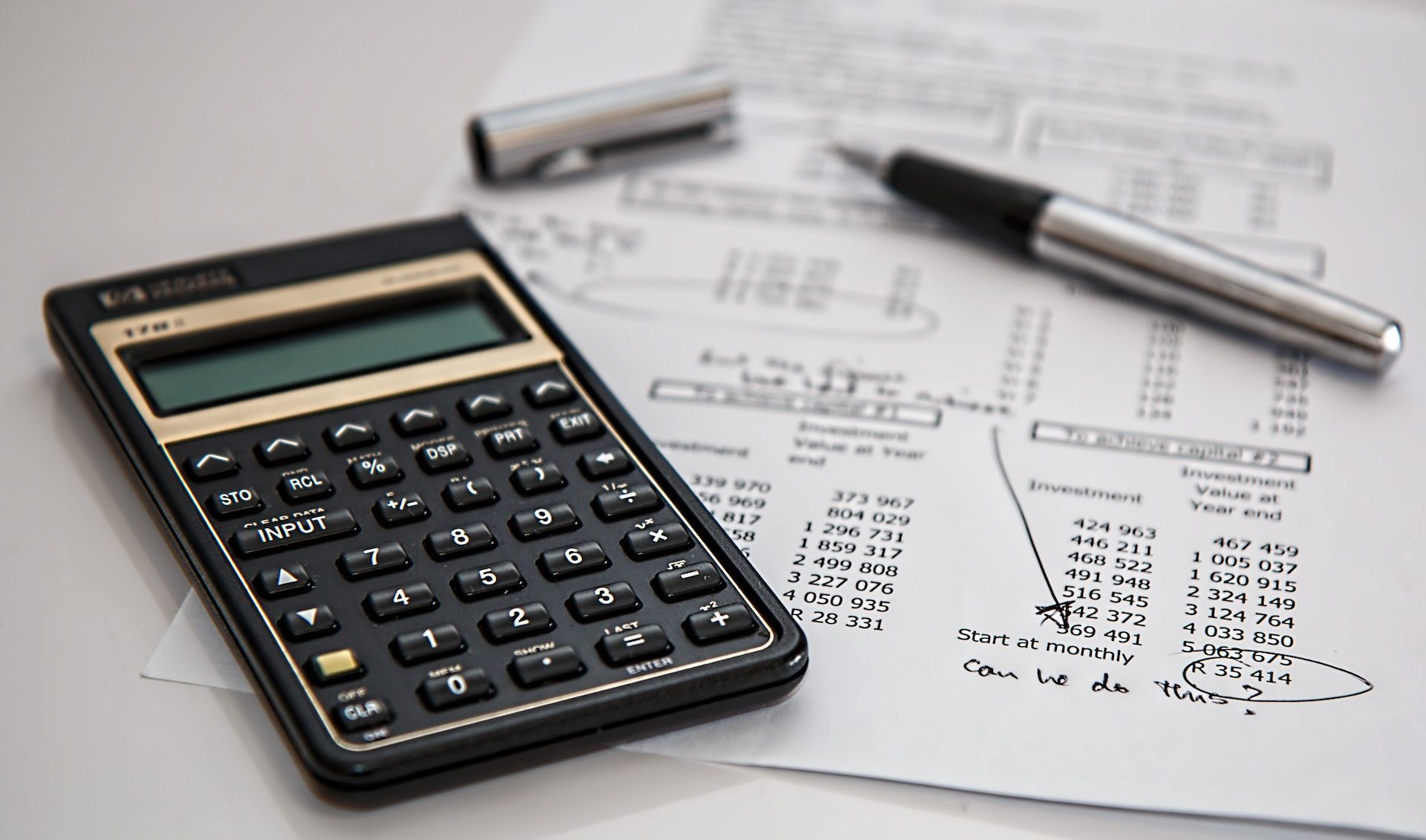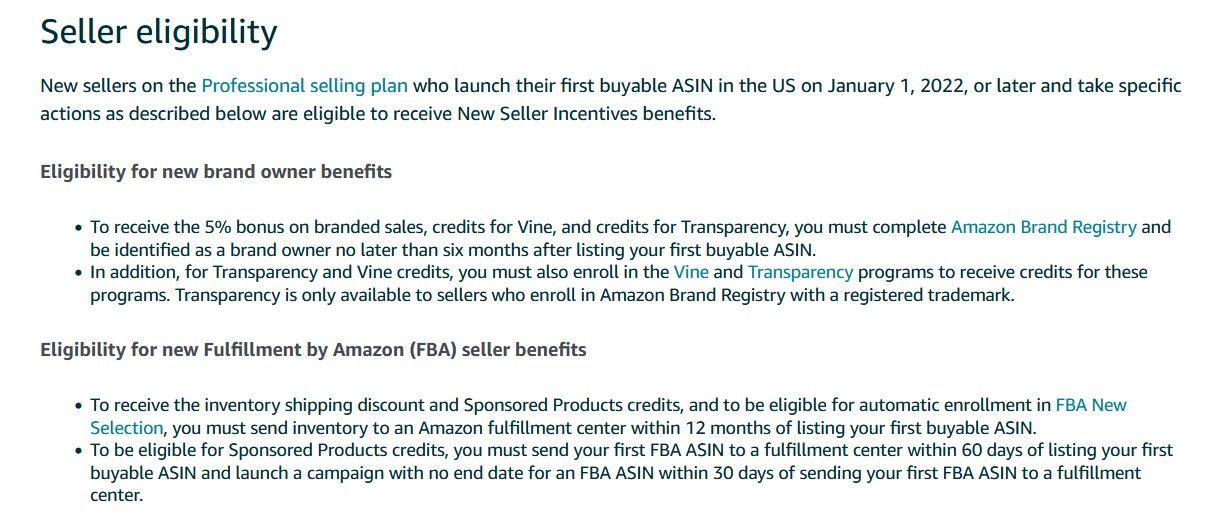How to Sell Your Used Books on Amazon
If you want to become a bookseller or just have a lot of books lying around, consider selling them on Amazon. It’s an easy way to distribute great reading and make a profit in the process.
Signing up as an Amazon seller requires a few steps and comes with rules, so it’s best not to jump in blindly. Before you join Amazon’s marketplace and sell your used books, you should know what it all entails.
Find out what you need to start selling your used books on Amazon
First, you need to create an Amazon seller account as an individual or a business. Since you are starting a business, take every precaution to keep your Amazon account safe.
If you are already a customer, you can start the process with this information. Otherwise, provide your work or other email address. It’s very easy to make adjustments later and even change your Amazon account email address again.
To sell on Amazon you will also need:
- A paid credit card that works with international transactions.
- A form of identification, be it a passport or government issued ID.
- your tax information.
- A bank account to receive your proceeds from Amazon.
- A phone number.
You should also remember some best practices for reselling used books. First, check how your stock ranks on Amazon. A bestseller, for example, will sell faster than a less popular book.
Also, be honest about the condition of the books you list on Amazon and price them accordingly. Avid readers don’t mind a scratched book as long as it’s readable—and they know exactly what they’re paying for.
For the best possible experience for you and your customers, follow Amazon’s book selling guide. You’ll learn what you can sell on the platform, how to run your ecommerce business successfully, and more.
Plan your budget for selling books on Amazon
What your Amazon business costs depends on how serious you are about reselling books. There are two main plans, one for casual sellers and one for serious sellers, as well as additional fees.
The cost of Amazon seller plans
You can sign up as an individual who wants to get rid of a few books at a time and doesn’t care about ads, reports, and other advanced features. This costs $0.99 per item sold.
The Professional plan costs $39.99 per month and includes many handy tools to help you grow your business, from top placements on product pages to API integration and multiple user features.
Both plans have additional selling fees that vary depending on your products and your choices. For example, the referral fee for media items like books and music is 15%, but Amazon also charges a $1.80 transaction fee for each item sold. See Amazon’s Pricing Guide for more details.
Also, learn about fulfillment options and fees. If you want Amazon to handle everything, including customer service, storing and shipping your inventory, and processing returns, it can cost you anywhere from $2.35 to $3.59 for each small item sold.
If you offer this service and sell books at the same time, other fees may apply, e.g. B. $5 for each book rental. In the event of a refund, Amazon will refund you the referral fee less an administration fee of $5 or 20% of the referral fee, whichever is less.
Ultimately, books shouldn’t cost you the earth, but do your research and get a good estimate of your total spend per sale or per month. A simple budget tracker in Notion or another tool of your choice could also be of great help.
Claim incentives for Amazon sellers
Amazon wants sellers to enjoy using its platform as much as customers do, so there are several programs and benefits to help you launch your business successfully and feel comfortable in this online marketplace. Here are some of the best.
Joining the Amazon Brand Registry gives you access to three schemes:
- A 5% bonus either when you reach $1 million in brand sales or when you complete a year in the program.
- $200 to join Amazon Vine, where you offer some free products to trusted reviewers so they can continue to help other customers make informed purchases.
- $100 for participating in Amazon Transparency, a program that ensures authentic transactions and protects your business and customers.
Then you have incentives for using Fulfillment by Amazon (FBA), such as:
- Automatically enroll in FBA New Selection, which grants you free monthly storage, unused inventory clearing, and returns processing.
- $200 in fulfillment fees if you use Amazon Global Logistics.
- $100 in shipping under the Amazon Partnered Carrier program.
- $50 in ad clicks for listing items as sponsored products.
As a seller of used books, you may not need all of these systems, but it’s worth knowing how Amazon can improve your finances, visibility, and sales processes.
List and rate your used books
When you add used books to Amazon’s listing, include details such as the ISBN, title, number of units, and condition of the books. This is also where you set your shipping preferences. Will you package and ship the book, or Amazon?
At this stage, you also choose a reasonable price tag for your used book. You can see what other sellers are doing, which works even better if you learn how to use Amazon’s advanced search feature.
Alternatively, you can use Amazon’s automatic pricing tool and Match Low Price feature, available among other services in your seller account.
Leverage Amazon Advertising, an integrated set of tools to promote your products, including video and audio ads, placements on sponsored product and brand lists, and custom ad campaigns.
While Amazon takes care of marketing your used books on its platform, you can promote them on your social networks or website. When starting a book resale business, such assets and strategies are essential.
Prepare for used book shipping, returns, and refunds
Using the FBA method requires you to properly plan, pack, and ship your inventory to an Amazon fulfillment center. Books don’t need much more than boxes and labels.
If you decide to go with the Merchant Fulfilled Network (MFN) method and do everything yourself, you need to keep an eye on your seller account and jump on orders. This includes printing Amazon packing slips, packing your used books, shipping, and confirming each order.
You are also responsible for any customer-requested returns, which you usually have to reimburse as well. So make sure you don’t give book buyers a reason to refuse the items you send, for example by lying about their condition.
Learn how to sell used books beyond Amazon
Amazon is a great place to start a store with your used book inventory. You get an extremely efficient seller account and lots of tools to help you list, promote and deliver your items.
But for used booksellers there are alternatives to Amazon. Depending on how big you want your business to be, you can do it all from your computer and smartphone for a customer base of any size and needs. Just keep exploring your options.

